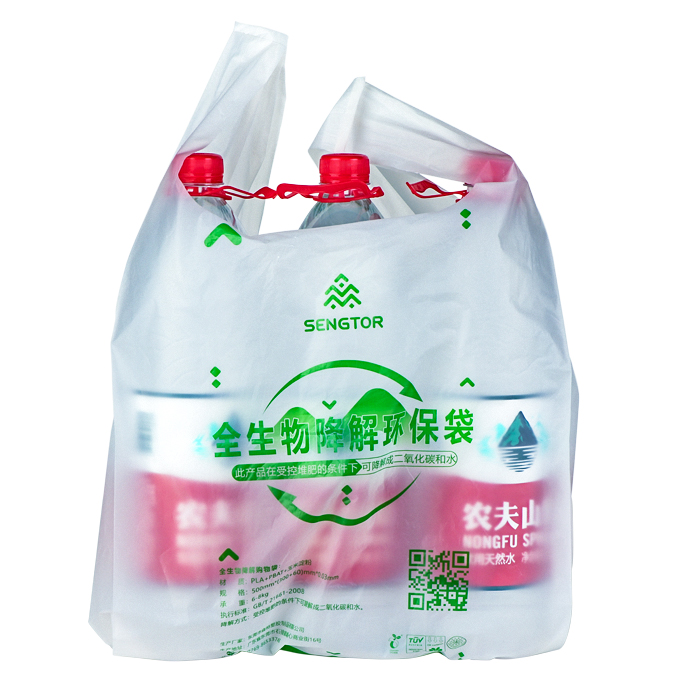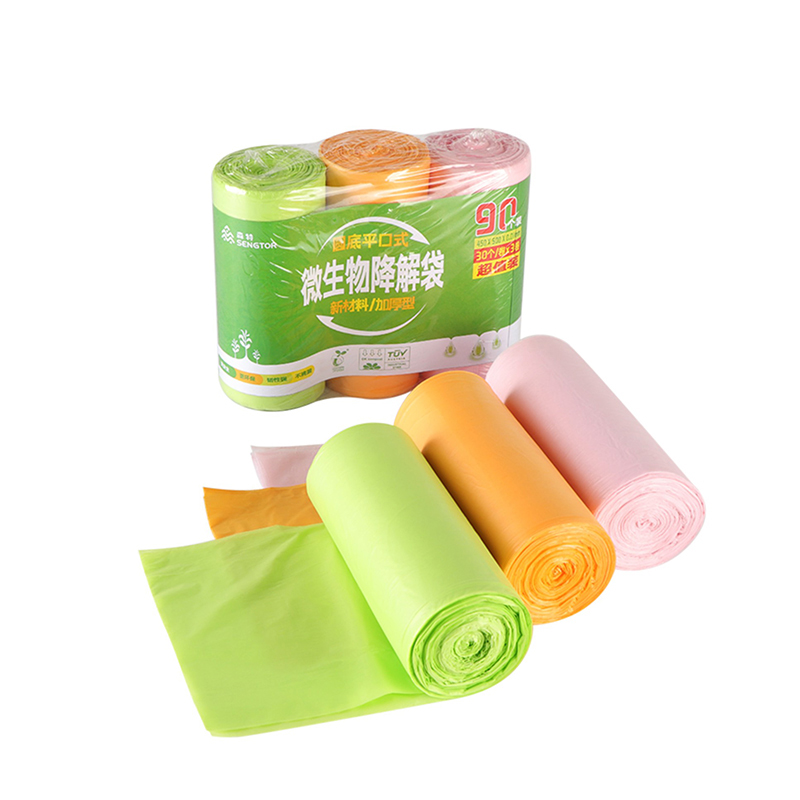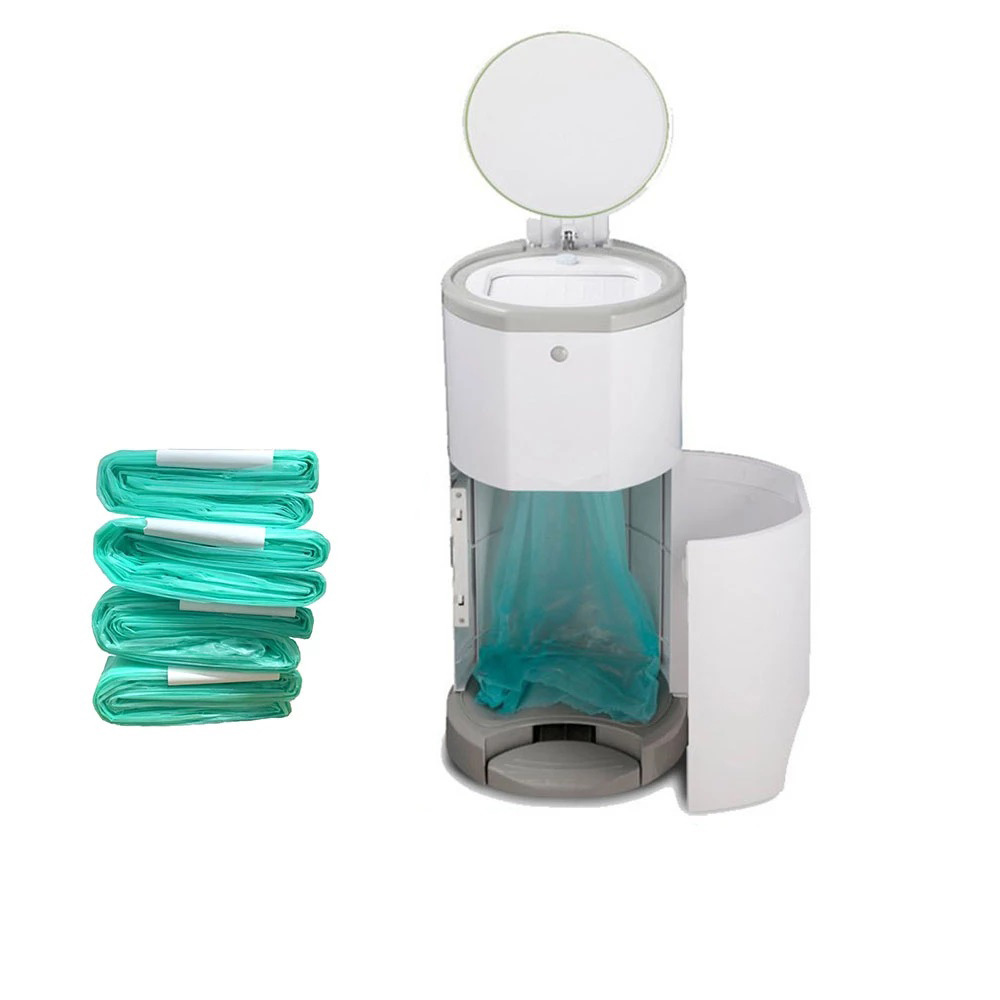Company News
Biodegradable Tableware Compared with Traditional Plastic Tableware With the increasing awareness of environmental protection and concerns about plastic pollution, biodegradable tableware has become a high-profile topic. Compared with traditional plastic tableware, biodegradable tableware has significant differences in terms of environmental performance, sustainability and life cycle. This article will compare the two tableware to help readers better understand their advantages and disadvantages.
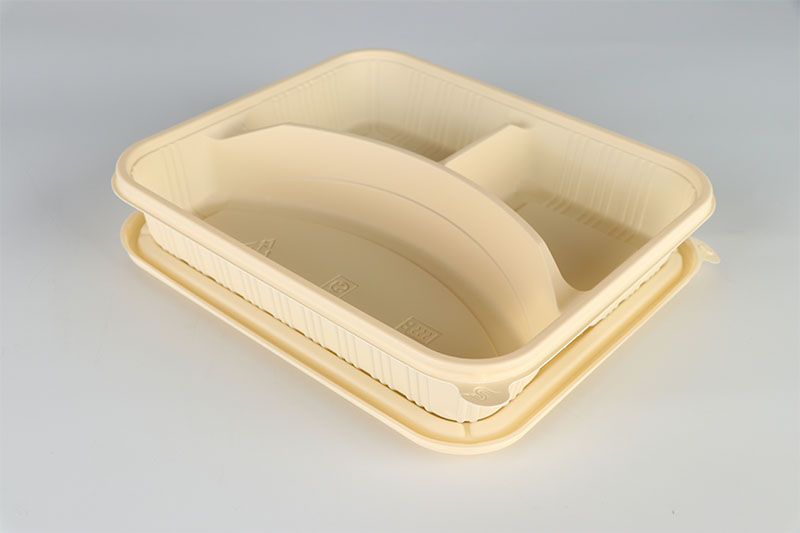
First of all, environmental performance is one of the most significant differences between biodegradable tableware and traditional plastic tableware. Traditional plastic tableware is usually made of petroleum-based raw materials, which are not easy to degrade and exist in the environment for a long time, causing pollution to soil and water sources. The biodegradable tableware is made of renewable materials such as natural plant fibers or starch, which can be quickly decomposed in the natural environment and reduce the negative impact on the environment.
Second, sustainability is another important contrasting factor. The production process of traditional plastic tableware requires a lot of petroleum resources, and petroleum resources are limited, and the use is not sustainable. In contrast, biodegradable tableware uses renewable materials such as plant fibers and starches, which can be sustainably produced through methods such as crop farming, reducing dependence on natural resources. In addition, the life cycle is also one of the important differences between biodegradable tableware and traditional plastic tableware. Traditional plastic tableware has a long lifespan and can be used many times, but once discarded, it will exist in the environment for a long time, causing potential harm to the ecosystem. The biodegradable tableware has a relatively short lifespan and can generally only be used once, but it can be quickly decomposed after being discarded and will not cause long-term pollution to the environment.
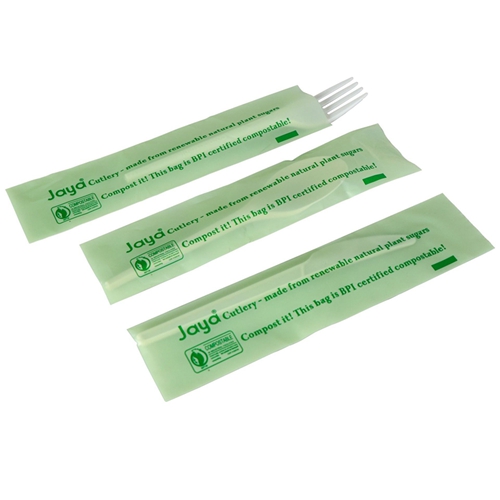
However, biodegradable tableware also presents some challenges and limitations. First of all, although biodegradable tableware can decompose quickly in the natural environment, the decomposition speed may be affected under some specific environmental conditions, such as high temperature and humidity. Second, the production cost of biodegradable tableware is relatively high, which may limit its popularity and promotion in the market. In addition, the performance and user experience of biodegradable tableware also need to be further improved to meet the needs of consumers.
To sum up, there are significant differences between biodegradable tableware and traditional plastic tableware in terms of environmental performance, sustainability, and life cycle. Biodegradable tableware has better environmental performance and sustainability, and can reduce environmental pollution, but it also faces some challenges and limitations. In the future, with the advancement of technology and market demand, biodegradable tableware is expected to become an important choice to replace traditional plastic tableware and contribute to environmental protection.


